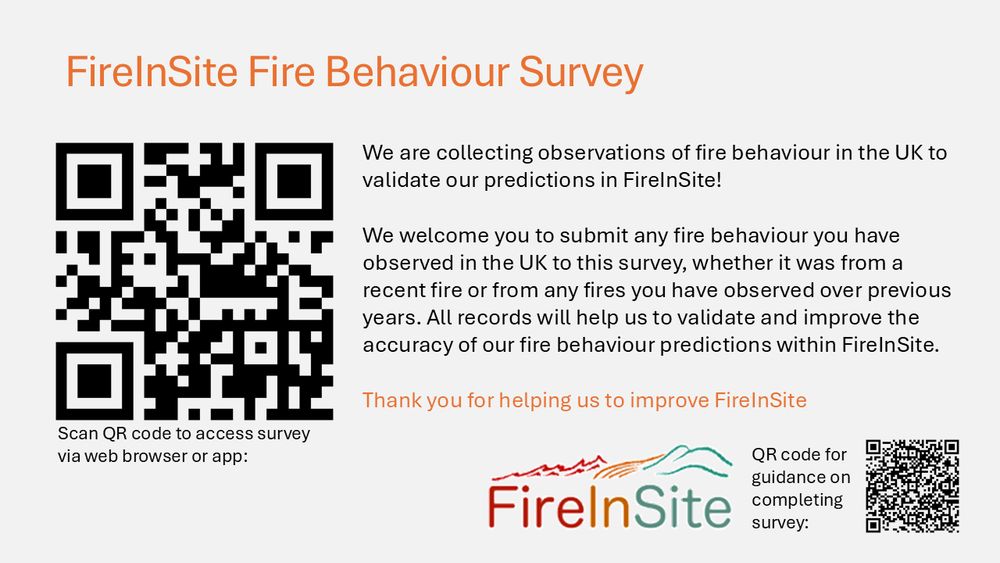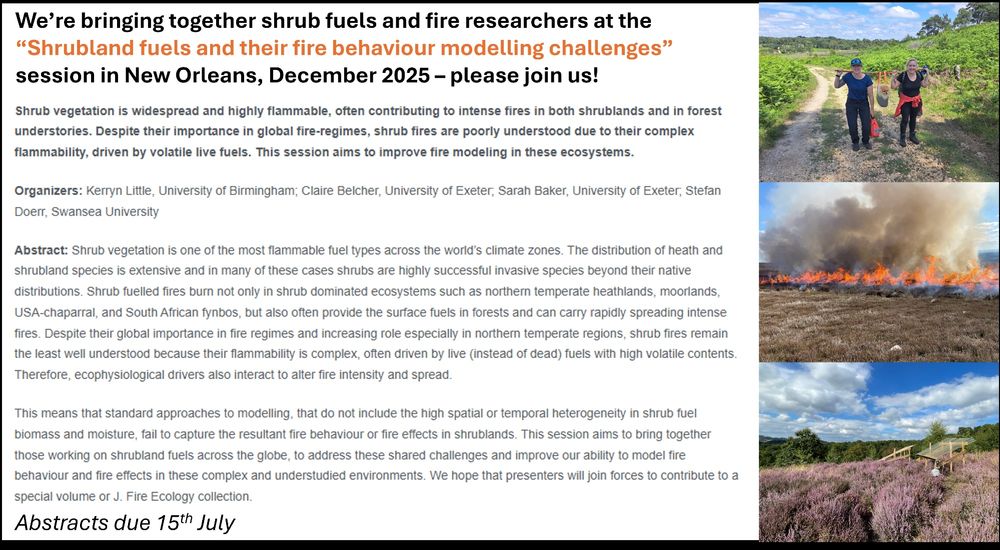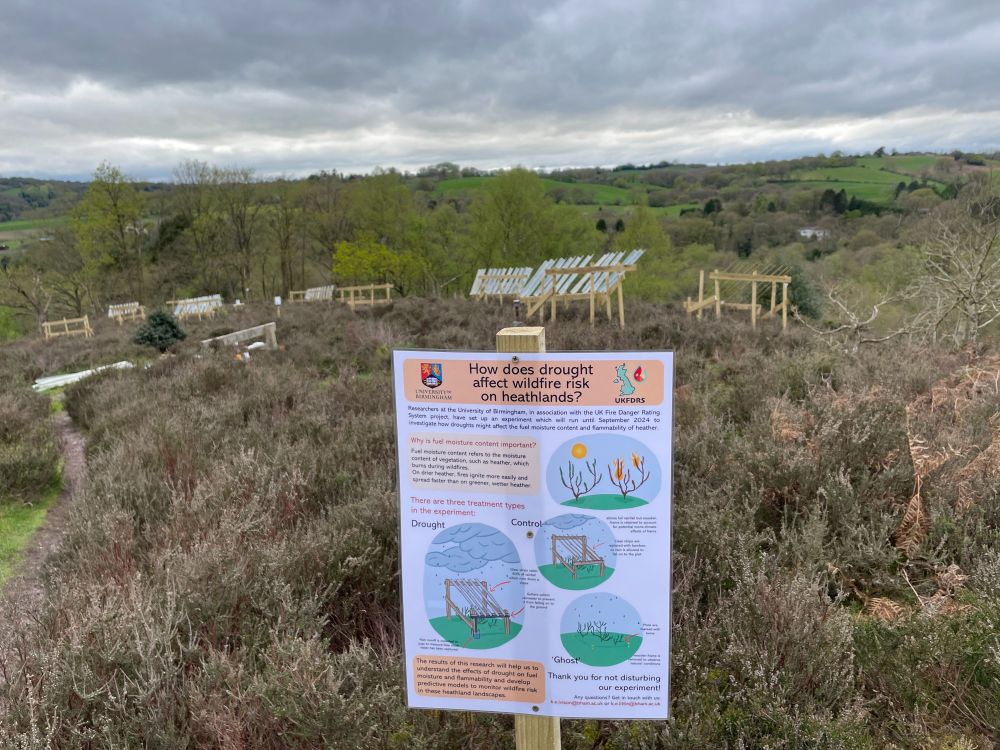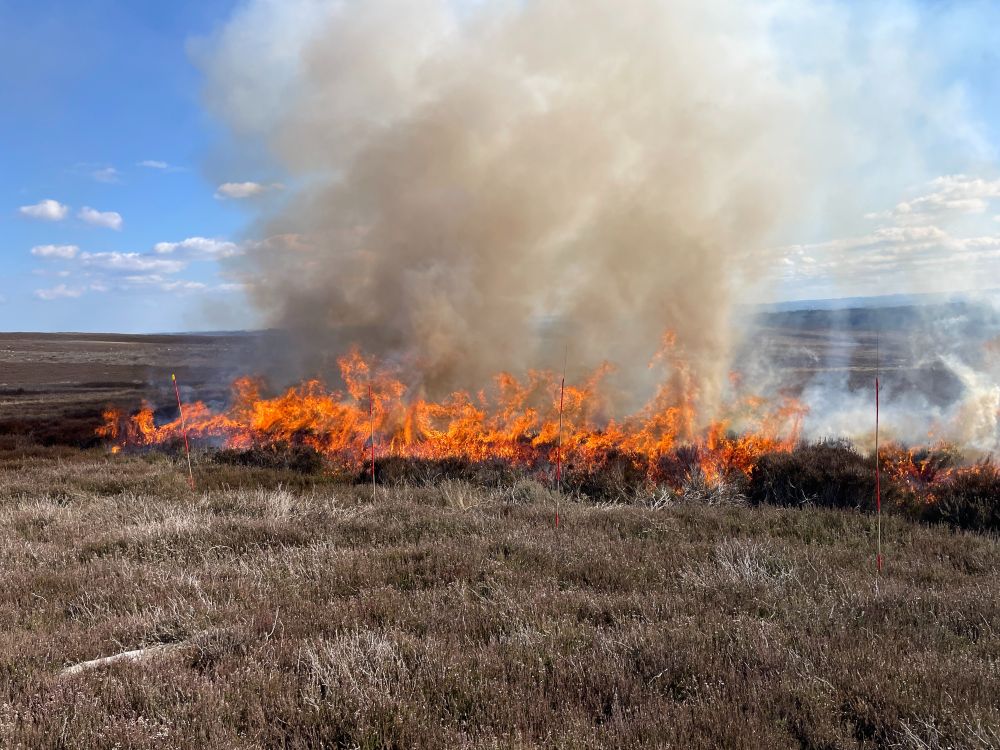Kerryn Little
@littlekerryn.bsky.social
290 followers
150 following
14 posts
#Wildfire 🔥 & #climate researcher at University of Birmingham. Interested in all things fire (but especially fuels, fire-climate interactions, fire danger forecasting & fire ecology).
Posts
Media
Videos
Starter Packs
Kerryn Little
@littlekerryn.bsky.social
· Apr 18
Kerryn Little
@littlekerryn.bsky.social
· Apr 18
Kerryn Little
@littlekerryn.bsky.social
· Apr 18
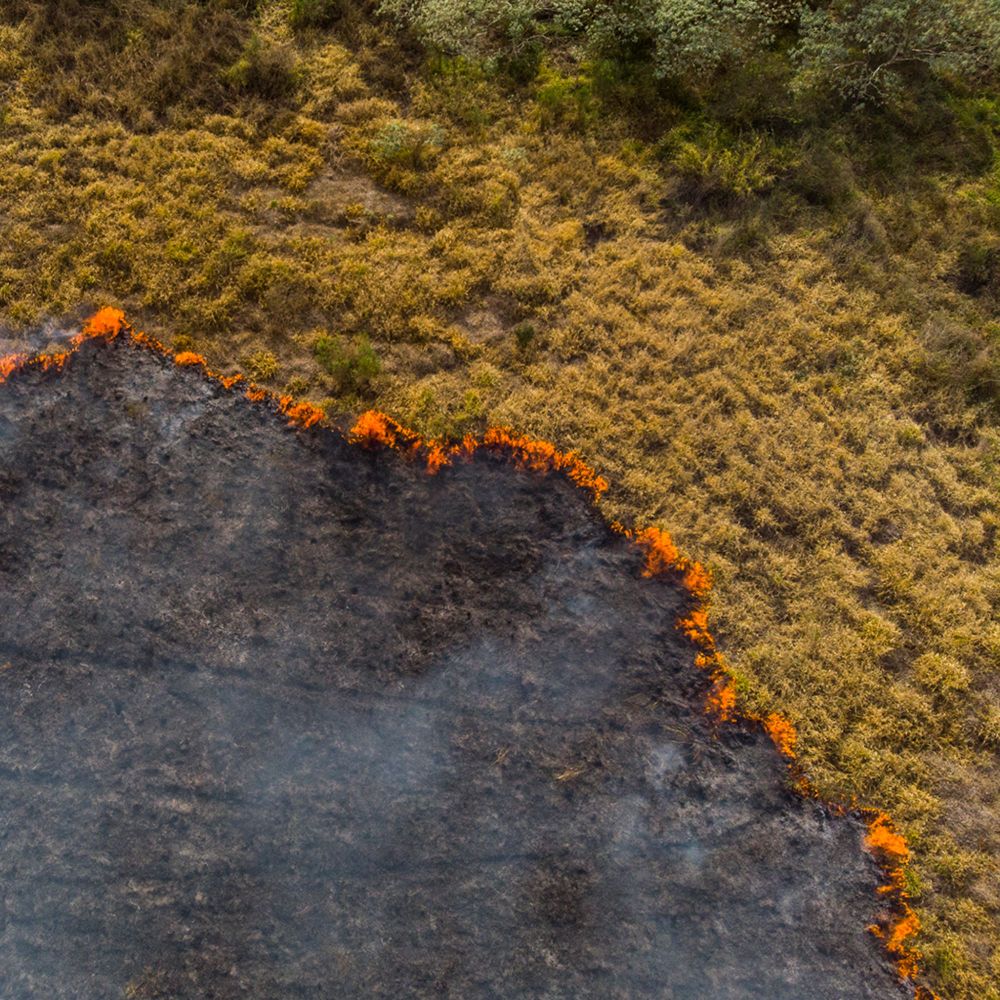
Priority research directions for wildfire science: views from a historically fire-prone and an emerging fire-prone country | Philosophical Transactions of the Royal Society B: Biological Sciences
Fire regimes are changing across the globe, with new wildfire behaviour phenomena
and increasing impacts felt, especially in ecosystems without clear adaptations to
wildfire. These trends pose signifi...
royalsocietypublishing.org
Kerryn Little
@littlekerryn.bsky.social
· Apr 17
Kerryn Little
@littlekerryn.bsky.social
· Apr 17

Persistent positive anomalies in geopotential heights drive enhanced wildfire activity across Europe | Philosophical Transactions of the Royal Society B: Biological Sciences
Persistent positive anomalies (PPAs) in 500 hPa geopotential height are upper-air
circulation patterns associated with surface heatwaves, drought and fuel aridity.
We examined the association between ...
royalsocietypublishing.org
Kerryn Little
@littlekerryn.bsky.social
· Nov 22

